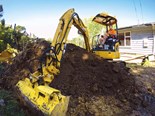Case CX145C SR excavator review

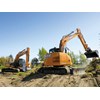


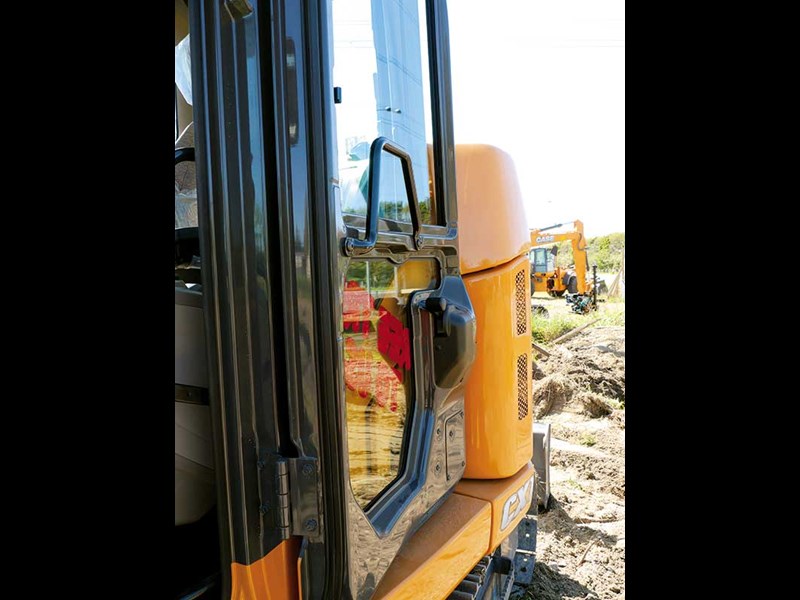

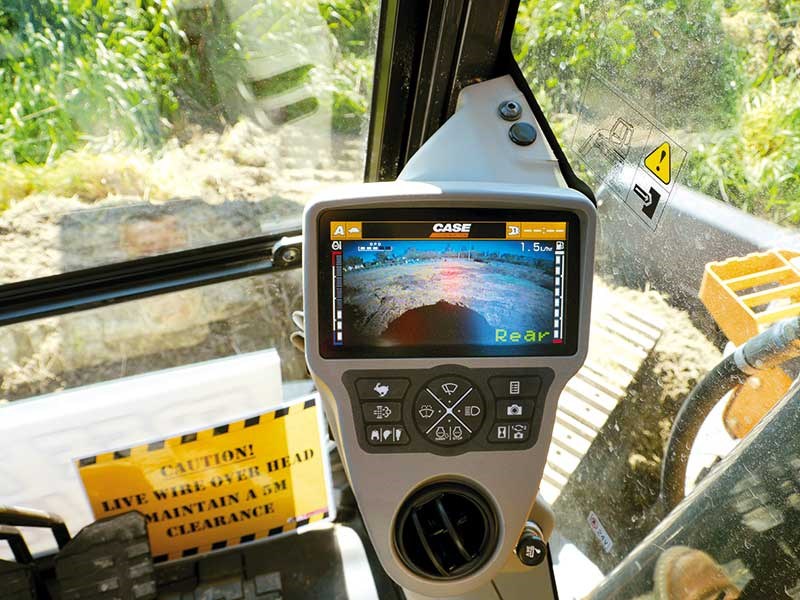


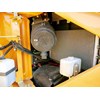



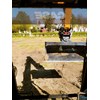
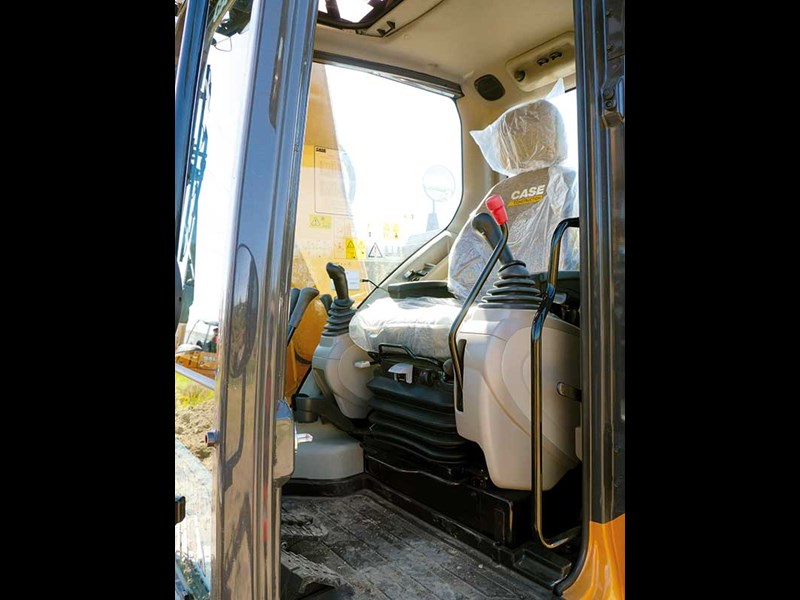

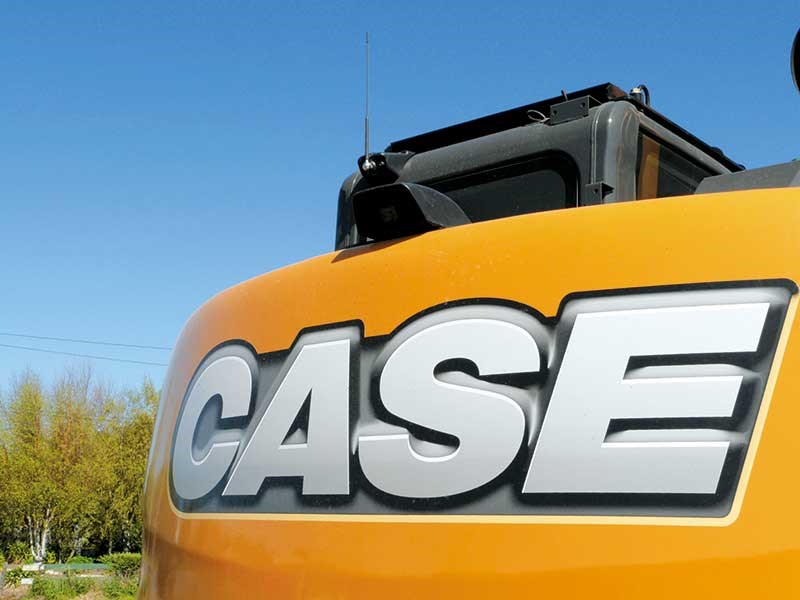


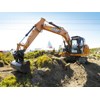
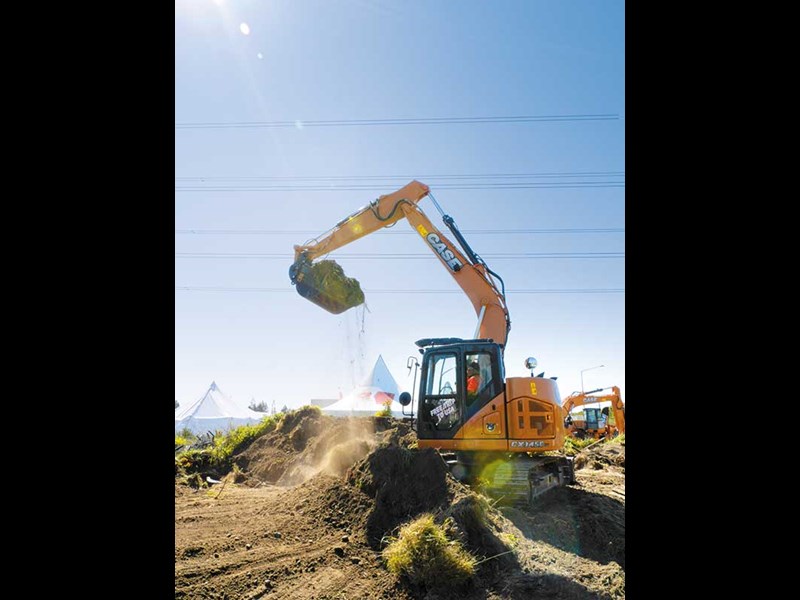


|

|

|

|

|

|

|

|

|

|

|
The Ed had been waiting a while to get into the seat of a Case CX145C SR excavator so he grabbed the opportunity with both hands at a dig day being held by Advancequip in Christchurch.
With the Christchurch weather playing ball and a large quantity of free food on hand, the only decision I had left was which machine to try out. Advancequip has a good spread of excavator sizes available for punters to sample, ranging between 1.5 and 21 tonnes. I eventually opted for the mid-range option and climbed aboard a 14-tonne CX145C SR machine.
The machine
A walk-around reveals some good design aspects, especially when it comes to urban work. Keeping with a tight footprint are such things as the cab door, which folds back into a recess. Such frivolities would appear unnecessary to rural contractors, however saving an extra inch or so often means a big difference when it comes to squeezing onto an urban worksite.
A closer look at the counterweight overhang reveals that it does not sit completely within the footprint of the machine, but as I was to find out still provides good balance. More about that later.
Access to filters and the pumps are via a two doors on the rear, while a side door reveals oil and fuel filters. I’m not too sure about trying to water blast out the fins of the radiator after dusty operations as it does look tight in there, but the removable mesh grill should provide a good preventative measure.
The boom and dipper arm feature anti-drop valves a standard, with this safety feature quickly becoming the norm with many excavator brands.This particular machine had also been kitted-out with a Dromorne hitch and tilt-bucket supplied by Attach2.
The cab
As expected with an urban-styled machine, the cab is not as spacious as a conventional machine. Well that’s what I expected, however thinking back as I write this, never once did I feel uncomfortable; being able to stretch out well with the air-seat providing one of the best experiences, I’ve, umm... experienced for a while.
I actually didn’t fire up the air-conditioning when operating the machine even though it was a brilliant fine day. Thanks to the tinted windows, I didn’t find it necessary.

Engine
One thing I did like when opening the engine cover (which was a bit heavier than I expected), was the foot-well you can step down into to make it easier to check the engine. I’m not sure if this was specifically designed for this purpose, but seeing how much thought has gone into everything else, I’m sure it was.
Power is provided via an Isuzu AAM-4JJ1X four-cylinder engine which has a rating of 79kW@2000rpm. I had the opportunity to look at the Isuzu engine facility when in Japan earlier in the year and came away very impressed with the capabilities of this brand.
In operation
Some people like to spend a lot of time going over all the intricate details of a machine when they first climb aboard. I guess I’m a little gung-ho, preferring to let the machine show its stuff before I settle back and fiddle with different settings.
So, climbing aboard, I settled into place and buckled up the seat belt. It did take a bit of fumbling around before clicking safely into place, but once coupled up the wide webbing felt very comfortable around my waist.
A quick spin of the throttle control had the machine revving at around 1400rpms on the mode setting I had chosen. Operating in this rpm range is sure to provide efficient fuel usage, while still delivering a good work ethic.
It only took a few minutes to convince me that the Case designers have thought the whole engine-mode process out well. As I’ve mentioned in previous articles, there are many instances when a machine running at full noise is unnecessary, and it is not uncommon for operators to burn way too much fuel for the job at hand.
The Case CX145C SR at work was positive and remarkably well balanced – probably being one of the best experiences of a near zero tail swing that I’ve had.
The verdict
If I was shopping around for an urban machine that can easily load out six-wheelers from the rear, then the Case CX145C SR is an obvious choice for serious consideration. That is not to say that this model would not also be suited for rural work, and would find a nice niche creating and maintaining farm races.
Read the full article in issue #266 of Deals on Wheels magazine. Subscribe here.
Keep up to date in the industry by signing up to Deals on Wheels' free newsletter or liking us on Facebook.









